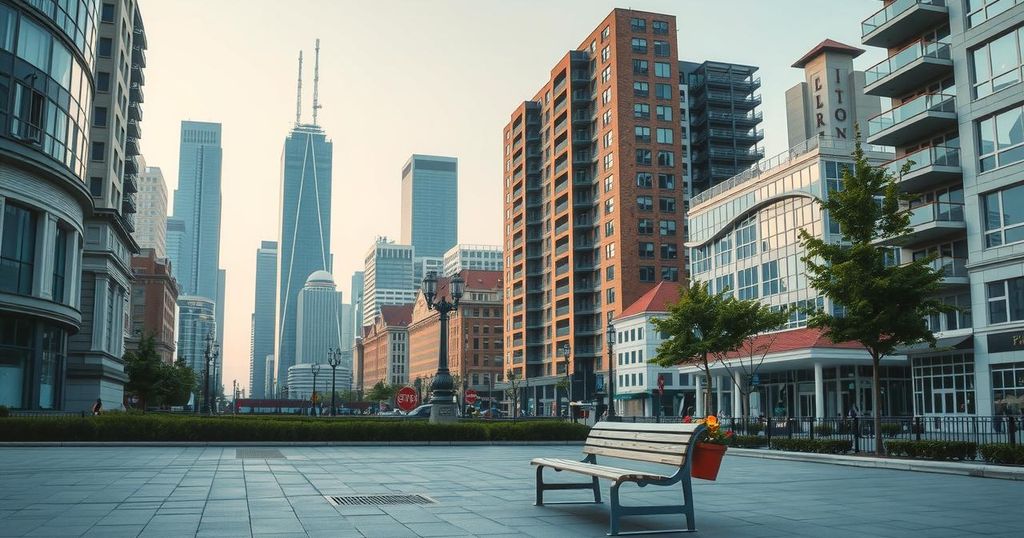Morocco’s rapid urban development, fueled by tourism growth, is displacing local communities and impacting traditional artisans negatively. Major development projects, such as those in Oulja and Zenata, illustrate the tension between modernization and community welfare. Concerns about inadequate compensation and environmental degradation further exacerbate the challenges faced by these populations. Effective, inclusive urban planning is essential to ensure sustainable development that respects local needs and the environment.
Morocco possesses a rich heritage characterized by traditional charm, artisanal crafts, and vibrant local communities. However, rapid urban development, driven by increasing tourist demand, has led to the displacement of these original communities in favor of modern infrastructure. The nation experienced significant tourism growth, attracting 17.4 million visitors in 2024, ahead of a targeted 2026 goal, creating urban pressures due to a population increase of 8.8% since 2014.
The push for large-scale developments, such as multi-million dollar eco-projects, has not come without costs for local artisans and businesses. For instance, the craft complex in Oulja has been reduced to rubble in favor of hotel expansion, leaving artisans struggling to find adequate spaces to operate. This stark contrast from their previous vibrant marketplace highlights the impact of such developments on local livelihoods.
One artisan, Younes, expressed his worries regarding the insufficient space and resources available to maintain his business after being relocated. The new site, while designed to promote tourism, offers little room for production and has drastically reduced profits. His plea reflects a broader concern among artisans facing uncertainty and loss of community identity.
Dr. Mohammed Hlal of Mohammed VI Polytechnic University emphasizes the challenges of urbanization, including rising social inequality and informal housing. He suggests that effective urban planning must incorporate disaster risk management and community involvement to create resilient infrastructures that reflect local needs and desires.
Communities are often uprooted in the name of development under projects like Zenata, where original residents faced expropriation and inadequate compensation for their properties. Rachida, a former resident, lamented her lost family home after investing significant resources into its upkeep, only to receive a payout insufficient for finding new housing, compromising her emotional and financial security.
Despite these developments, failures are evident in Morocco’s planning, such as the abandoned Tamesna project which remains uninhabited. Additionally, issues like pollution and environmental degradation at sites like Marchica Lake highlight mismanagement within these projects, resulting in detrimental effects on local ecosystems and communities. The focus on modernization must therefore be balanced with responsible environmental stewardship and the welfare of affected populations.
In summary, Morocco’s burgeoning urban development, driven by tourism growth, has led to significant challenges for local communities and artisans. Many are facing displacement, inadequate compensation, and reduced business opportunities in the name of modernization. As the country navigates these changes, a participatory approach to urban development becomes essential, ensuring that the rights and needs of local populations are adequately addressed, while also safeguarding the environment against further degradation.
Original Source: www.middleeasteye.net






